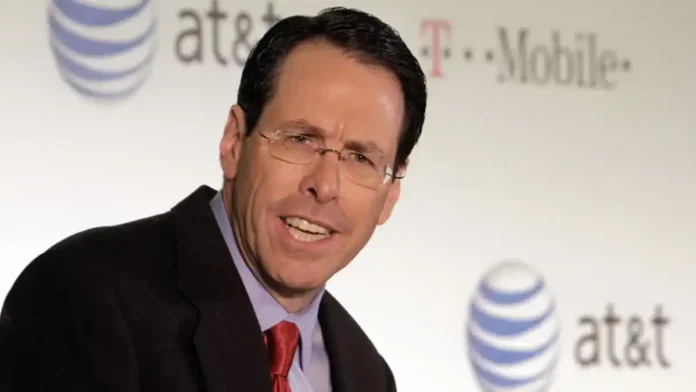AT&T’s formal recognition that it will use LTE wireless technology to provide IP voice and broadband services to 25 percent of its traditional wireline market marks the emergence of 4G mobile as a potential competitor to broadband fixed services everywhere.
The carriers’ VIP (Velocity IP) plan, announced in early November, puts AT&T in a position to begin offering a competitive broadband service supporting the same types of services outside its wireline territories that it will be offering legacy DSL and other customers in areas where the company feels an upgrade to fixed broadband IP isn’t feasible.
“We’ll deliver our best wireless technology, 4G LTE, to 300 million POPs by year-end 2014,” said John Stankey, group president and chief strategy officer for AT&T.
Officials made clear the LTE service they have in mind is far superior to what they’re offering today.
The plan envisions full integration of wireline and wireless broadband for delivery of all broadband services across multiple screens together with the expansion of LTE bandwidth by at least a third.

Within its current fixed network territories the company plans to expand coverage of its U-verse hybrid fiber/copper infrastructure to 8.5 million additional customer locations to reach 33 million households by the end of 2015.
With another 24 million slated to be passed by the nearly completed IP DSL infrastructure, which the company refers to as U-verse IPDSLAM, the fixed IP broadband services will reach 75 percent of the locations in its current wireline territories within three years.
“We’re going to move to an IP-only network meshed seamlessly with wireless,” said AT&T chairman and CEO Randall Stephenson, who with Stankey and others discussed the new plans during a Web conference on November 7.
“When we complete this project 99 percent or more of the wireline customers in our service area will have access to high-speed IP broadband either through fixed line, LTE, or both.”
But is this, as Stephenson termed it, “a major commitment to invest in 21st Century communications infrastructure”? Or, to put it another way, will the ability to reach 43 percent of its customer base at speeds of up to 75 Mbps and another 32 percent at up to 45 Mbps put the carrier in a good position to compete in 2016 and beyond, even if, as officials suggested, it leverages new technology to raise those rates another 33 percent in the future?
While 75 Mbps sounds like it’s in the ballpark of the 100 Mbps broadband service bonded cable channels are likely to be delivered by 2016, the U-verse data rate includes throughput for its IPTV service, which at capacity to serve up to three HD sets per household, leaves about 55 Mbps for broadband. Meanwhile, as reported on p. 1, the evolution to 1 gigabit-per-second capacity on all-fiber networks has begun with fiber connectivity now available to some 24 million households in North America.
AT&T said it was making a $14-billion commitment to broadband expansion, representing about 21 percent of the projected three-year capital budget, but also made clear it is anticipating big savings with the abandonment of the old TDM infrastructure in favor of delivering LTE as a broadband service to devices designed to serve as premises service hubs.
Thus, seen from the fixed broadband perspective, the strategy could be termed conservative.
But what’s going on with LTE offers another perspective. Officials said the company plans to leverage 30 MHz of new Wireless Communications Spectrum just approved by the FCC, 10 MHz of which is designated initially for wireless broadband but may be used for mobile later, to shore up LTE for a potential total of 118 MHz of LTE spectrum nationwide.
Presently, by various accounts, deployed AT&T LTE infrastructure, now in 103 cities, is delivering data to customers at anywhere from 8 to 20 Mbps, depending on usage contention levels.
Adding 30 MHz of spectrum would raise those rates by about 34 percent, all else being equal.
But all else will not be equal, given the fact that usage contention is destined to be significantly reduced under plans to deploy 10,000+ new macro sites, 1,000+ distributed antenna systems, and 40,000+ small cells nationwide over the next three years.
Macro sites will largely go to completing the buildout from the current 150 million POPs to the targeted 300 million, but the small cells represent a major step toward increasing data rates for individual users.
One hint of what may be in store with the use of nationwide broadband over LTE to compete with fixed services came with Stankey’s mention that, where U-verse IPTV isn’t available, “we can take advantage of changing content aggregation and delivery models.”
With plans to place voice onto LTE infrastructure and with anticipation that more spectrum will be authorized by the FCC in the years ahead, the carrier is clearly gearing up to put together a nationwide wireless service play aimed at generating far higher returns than anything it does in the fixed domain.


